
Roots
To truly comprehend the contemporary landscape of textured hair, one must journey back through the corridors of time, acknowledging the wisdom that echoes from ancestral lands. For those whose strands coil and curve with a spirit all their own, hair has never existed as a mere aesthetic choice; it possesses a living history, a profound connection to generations past. It stands as a testament to resilience, a repository of identity, and a vibrant canvas of community. This exploration seeks to unveil the deep currents of heritage that flow through every strand, linking ancient practices to the care regimens of today, inviting a deeper appreciation for this inherent legacy.

Anatomy and the Ancestral Eye
Textured hair, with its diverse spectrum of patterns from gentle waves to tightly coiled formations, exhibits a unique anatomical structure. The elliptical shape of its follicle, quite unlike the circular follicle of straight hair, yields the characteristic curl. Furthermore, the cuticle layers along a coiled strand tend to lift more readily, creating opportunities for moisture to escape.
While modern science meticulously quantifies these characteristics, ancestral communities held an intuitive, observable understanding of these very properties. Their daily interactions with hair, their careful selection of natural elements for its preservation, and their observations of its response to various climates speak to an inherent comprehension of its needs.
Consider, for instance, the consistent application of natural oils and butters in various African societies. This practice, passed down through the ages, directly addresses the inherent dryness that often accompanies coiled textures, providing a protective barrier against environmental desiccation. Such methods, refined over centuries of lived experience, offer compelling evidence of an ancestral wisdom that predates the microscope yet aligns remarkably with contemporary trichological insights.
Textured hair’s unique structure, though scientifically understood today, was intuitively managed by ancestors through generations of observation and tradition.
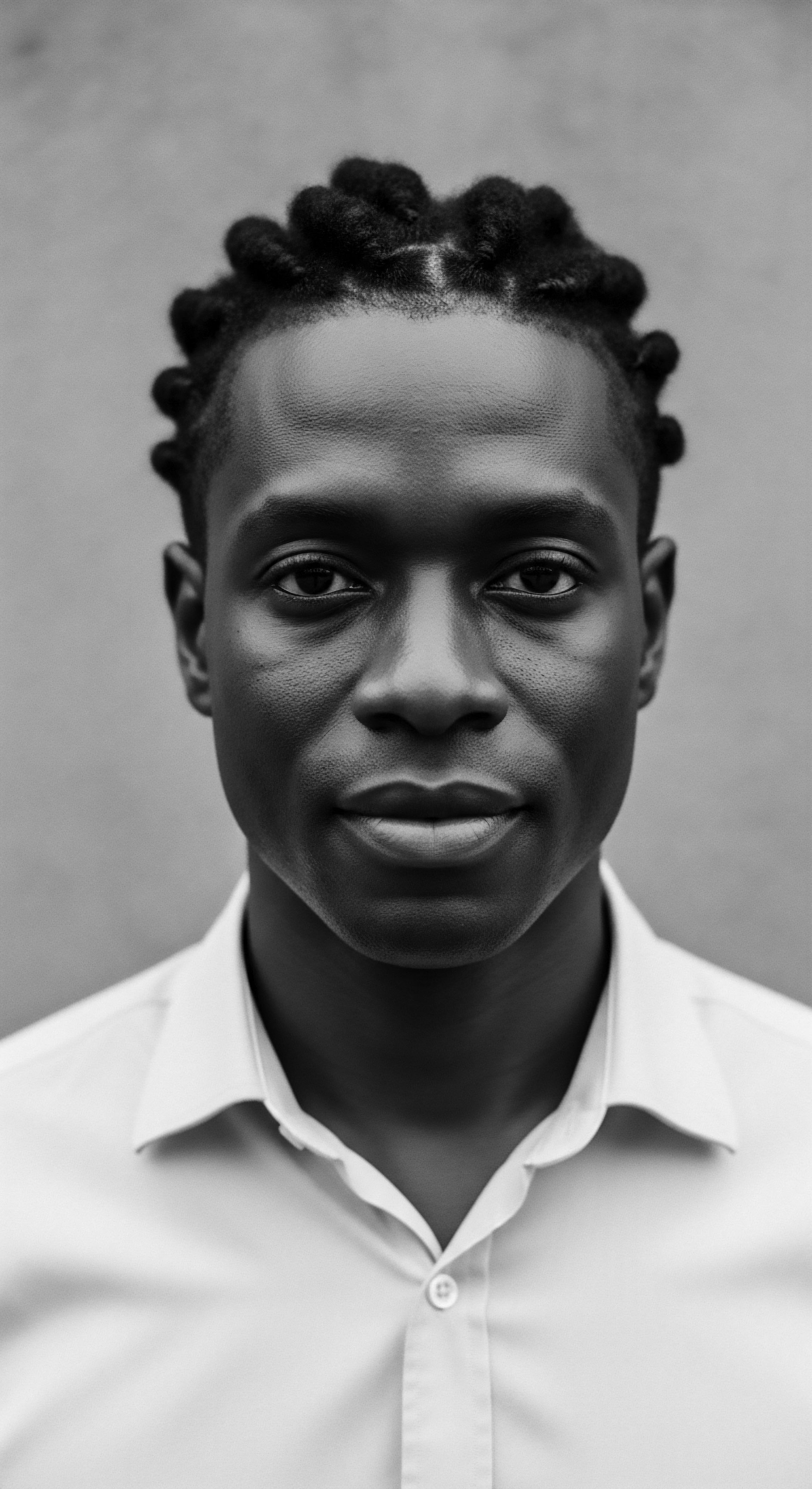
Understanding Hair Through Time
The systems of hair classification we employ in the present age, while appearing scientific, occasionally fall short of capturing the full spectrum of Black and mixed-race hair’s natural variation, or its deeper cultural contexts. Yet, long before numerical designations, traditional societies held intricate, unspoken classification systems. These were not based on numerical patterns, but on attributes of hair that spoke to lineage, geographic origin, marital status, or even spiritual alignment.
- Tribal Affiliation ❉ Specific styles or adornments could signal a person’s community origin, for instance, the unique patterns worn by the Maasai or Himba peoples.
- Social Standing ❉ Elaborate styles or particular hair treatments could distinguish royalty, elders, or skilled craftspeople within a group.
- Life Stages ❉ Hair transformations often marked significant transitions, such as coming-of-age, marriage, or periods of mourning.
This deeper lexicon of hair, embedded in daily life and ritual, conveys a reverence for hair as a living extension of self and community, a concept largely absent from purely scientific classifications.

The Living Language of Hair
The terms used to describe textured hair today, while expanding, still contend with a history of misrepresentation and imposed standards. Conversely, traditional societies cultivated a vocabulary rooted in direct observation and cultural significance. Words describing texture, style, and care practices were imbued with communal meaning, reflecting a holistic view of hair as integral to identity.
Take the Akan People in Ghana, who recognized locs as a symbol of higher power, often reserved for priests. This specific cultural meaning highlights a connection between hair, spirituality, and social roles. Such specific examples underscore how traditional lexicons moved beyond mere description, conveying profound social and spiritual meanings that contemporary language often struggles to replicate without context.
| Aspect of Hair Structure |
| Ancestral Understanding Observed varied curl patterns, dryness, and resilience through tactile interaction and environmental response. |
| Contemporary Scientific View Quantifies follicle shape (elliptical), cuticle lift, and protein distribution for curl formation. |
| Aspect of Hair Care Needs |
| Ancestral Understanding Developed practices using natural oils, butters, and protective styles to maintain health and longevity. |
| Contemporary Scientific View Formulates products to address moisture retention, breakage prevention, and scalp health based on biochemical analysis. |
| Aspect of Hair Meaning |
| Ancestral Understanding Signified social standing, age, tribal identity, marital status, and spiritual connection. |
| Contemporary Scientific View Recognizes hair's psychological and social impact, but often detaches from deeper cultural heritage. |
| Aspect of Hair The enduring wisdom of heritage continually reminds us that hair science, in its truest form, honors both microscopic detail and monumental cultural weight. |
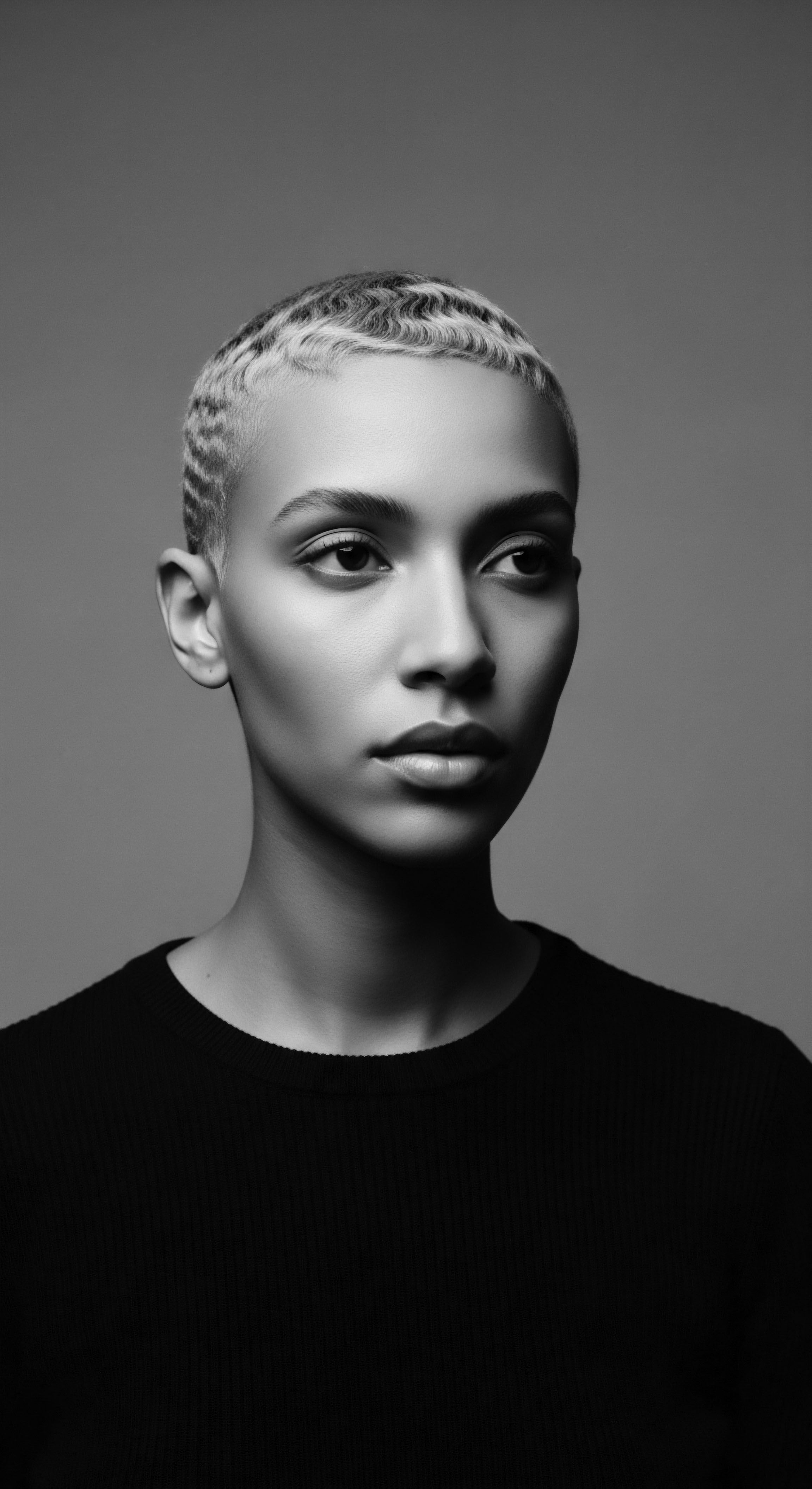
Growth, Cycles, and Environmental Wisdom
Hair growth follows distinct cycles ❉ anagen (growth), catagen (transition), and telogen (resting/shedding). While modern science maps these phases with precision, ancestral communities observed the rhythms of hair life through generations. Their traditional practices often sought to optimize conditions for healthy growth, recognizing the link between diet, environment, and robust strands. For instance, reliance on indigenous plant-based diets, rich in vitamins and minerals, inherently supported overall physiological wellness, which, in turn, strengthened hair from within.
The knowledge of which local plants provided emollients, nutrients, or cleansing properties for hair was not accidental; it was a deeply ingrained, intergenerational science of its own. These historical practices lay a powerful groundwork for present-day holistic hair wellness principles.

Ritual
The tender thread of ritual weaves through the history of textured hair, transforming mundane acts of care into profound expressions of heritage. From the intricate braiding patterns that once relayed secret messages to the communal gatherings around a shared basin, traditional hair care rituals extend beyond mere maintenance. They embody an art, a science, and a social fabric, deeply influencing contemporary practices by offering blueprints for protection, definition, and communal connection.
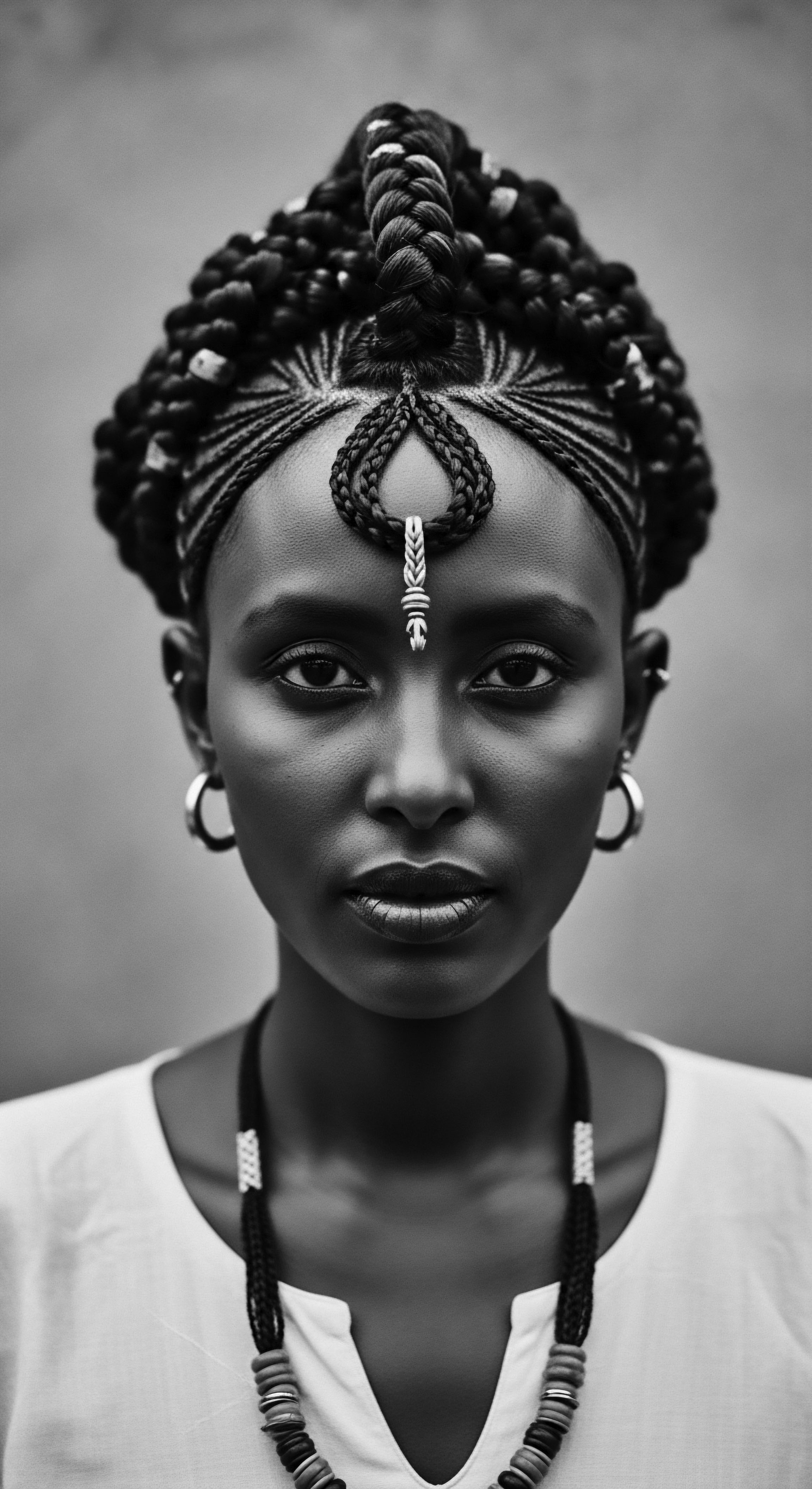
Protective Styling Ancestry
Protective styles, a cornerstone of contemporary textured hair care, possess a rich and ancient lineage. Braids, twists, and locs, far from being recent inventions, trace their origins back thousands of years to diverse African civilizations. These styles served multiple, crucial purposes:
- Practical Preservation ❉ They shielded hair from environmental elements such as harsh sun and dust, minimizing tangling and breakage during daily tasks.
- Social Cartography ❉ Beyond utility, these styles communicated significant social markers. A style could convey marital status, age, community role, or even readiness for specific ceremonies. For example, the Fulani people developed distinct braided styles that conveyed identity and lineage.
- Spiritual Connection ❉ Many cultures believed hair served as a conduit for spiritual energy, connecting individuals to ancestors and the divine. Specific styles were crafted with spiritual intent or for ceremonial purposes.
During the transatlantic slave trade, the significance of these styles deepened profoundly. Enslaved Africans, stripped of many cultural markers, adapted cornrows to communicate secret messages and maps, allowing for escape routes or marking safe houses along paths to freedom. Rice seeds, small tools, or gold nuggets could be hidden within the tightly woven braids for survival.
This historical example of Cornrows as a form of coded communication (Okoye, 2022) profoundly illustrates how traditional hair practices transcended mere aesthetics to become acts of resistance and survival, carrying forward heritage against overwhelming odds. This powerful narrative reminds us that protective styles are not solely about hair health; they carry echoes of ingenuity and liberation.

Natural Styling Wisdom
Defining natural curl patterns is a widespread pursuit today, and its roots sink deeply into ancestral wisdom. Before the advent of modern styling products, communities relied on the bounty of their natural environments to condition and enhance their hair’s inherent texture. Clays, plant extracts, and indigenous oils were meticulously applied.
Consider the use of Rhassoul Clay from Morocco, known for its cleansing properties without stripping natural oils, or the widespread application of Shea Butter across various African tribes for its moisturizing and protective attributes. These traditional ingredients, often combined with specific application techniques like segmenting and twisting, served to define coils and protect strands, showcasing a sophisticated understanding of natural hair’s needs. The efficacy of these time-tested methods provides contemporary practitioners with a powerful blueprint for low-manipulation styling.
Traditional hair care rituals, beyond mere maintenance, formed a living archive of cultural values, social signals, and ingenious acts of survival.

Adornment Through History
The mastery of wigs and hair extensions also boasts a long, culturally rich history, differing significantly from modern applications. In ancient Egypt, elaborate wigs, sometimes made from human hair or plant fibers, denoted status, wealth, and religious devotion for both men and women of the elite class. These were often intricately braided and adorned with gold or beads, reflecting social hierarchy.
Similarly, various African groups used hair adornments like beads, cowrie shells, and precious metals not only for beauty but also to convey age, marital status, and tribal identity. This demonstrates that hair augmentation was not a contemporary trend but an ancient practice steeped in cultural meaning and social communication.

Traditional Tools and Their Legacy
The toolkit of ancestral hair care was crafted from what the earth provided, each item carrying its own significance. Combs made from wood, bone, or ivory, often intricately carved, were not solely functional; some were symbolic, worn as accessories, reflecting social aspirations. Hairpins, threads, and natural adornments like shells or seeds were not just decorative elements; they were integral to the messages styles conveyed. The very act of preparing and using these tools, frequently a communal experience, deepened the bond within families and communities, preserving knowledge and social traditions.

Relay
The historical significance of traditional hair care rituals finds its relay in contemporary textured hair practices, forming a continuous stream of wisdom and adaptation. This transmission occurs not merely through shared techniques, but through the enduring philosophies of holistic wellness and problem-solving, rooted deeply in ancestral approaches. The present moment invites a scientific lens to validate practices refined over millennia, connecting the profound history to our everyday care.
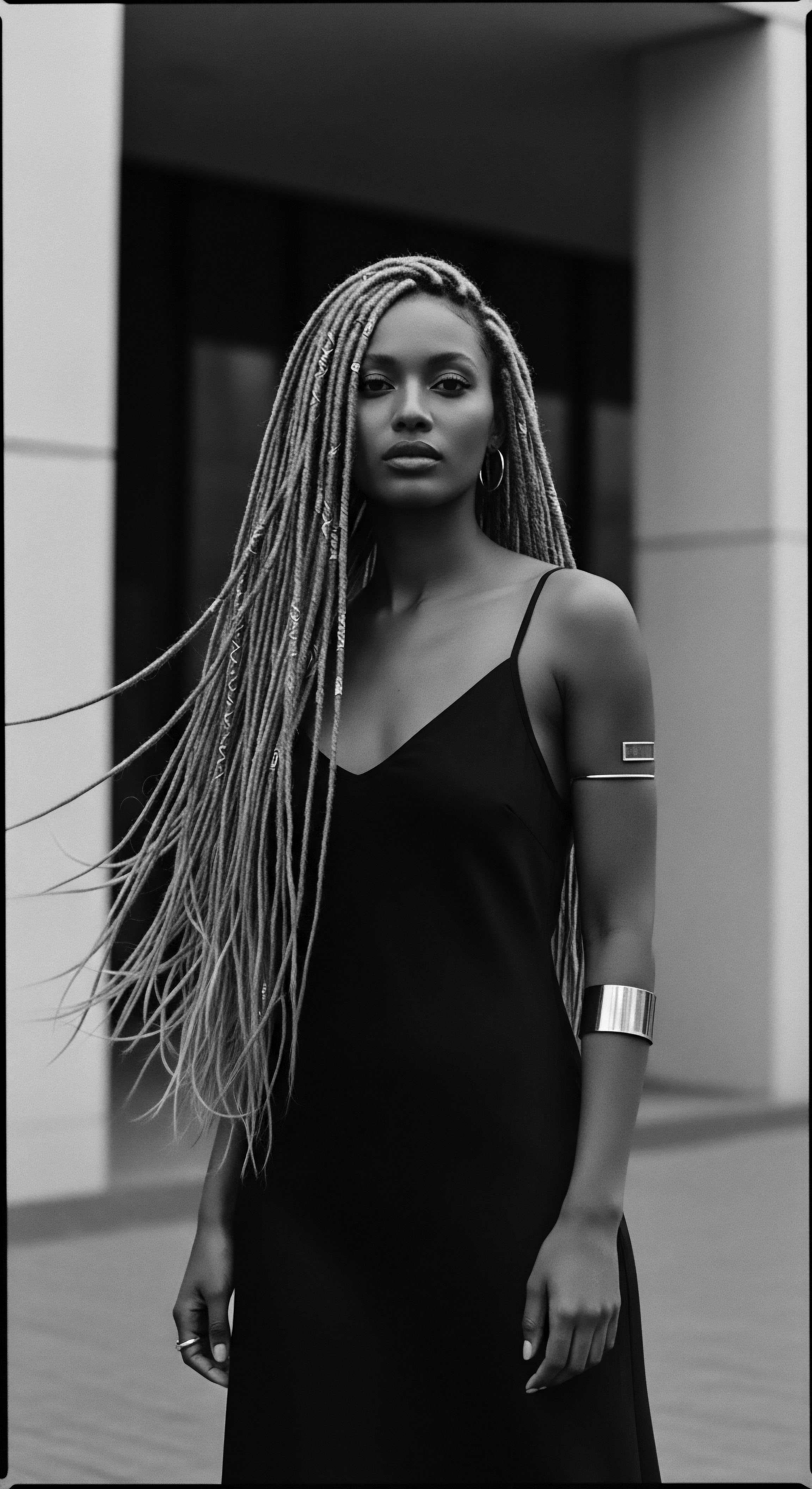
Personalized Regimens and Ancestral Blueprints
Contemporary haircare emphasizes personalized regimens, a concept deeply echoed in ancestral wisdom. Traditional communities rarely followed a singular, universal hair routine; instead, practices adapted to local climate, available botanicals, and individual hair needs, as observed over generations. This adaptation resulted in a diverse range of regional practices.
For example, in West Africa, the widespread use of Shea Butter for its moisturizing and protective qualities became paramount. In contrast, certain East African tribes might have favored ochre and animal fat mixtures for sun protection and detangling, as seen with the Himba tribe in Namibia. These nuanced, geographically specific approaches represent early forms of personalized care, built upon observation and efficacy. Understanding this historical precedent reinforces the notion that a truly effective regimen honors individual hair characteristics and environmental considerations, rather than subscribing to a one-size-fits-all ideal.
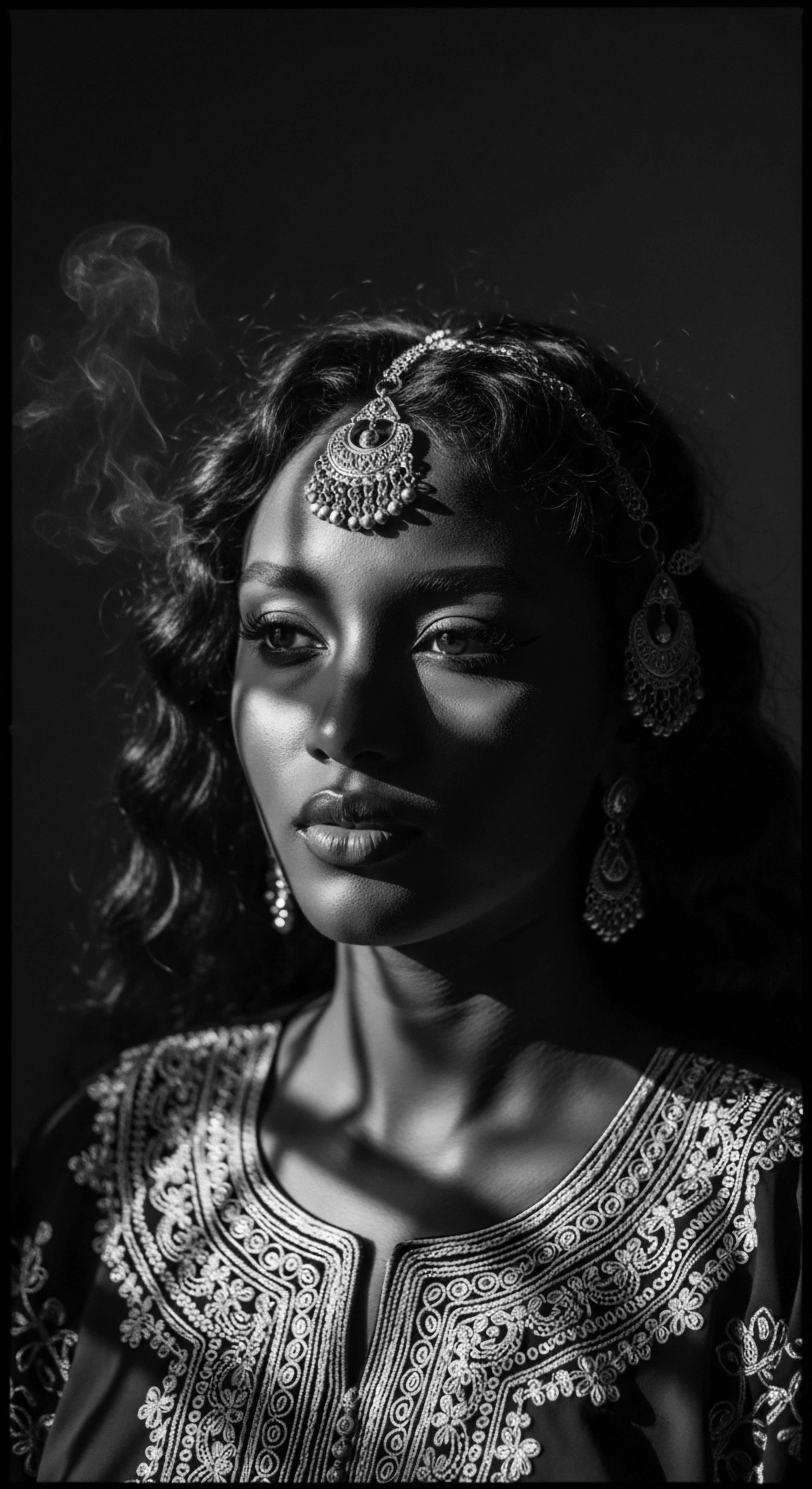
How Did Ancestors Adapt to Hair Challenges?
Ancestral communities, without access to modern chemistry, employed remarkable ingenuity to address common hair issues. Dryness, breakage, and scalp conditions were countered with remedies derived directly from nature. For instance, the use of African Black Soap, made from plant ash and oils, served as a gentle cleanser, minimizing stripping of natural oils.
Furthermore, the practice of oiling and buttering hair was not merely for aesthetics; it actively prevented moisture loss and reduced friction, thereby limiting breakage. The understanding of the benefits of protective styles also stemmed from practical problem-solving ❉ styles like braids and twists minimized manipulation, allowing hair to rest and retain length, a clear response to the fragility of untended strands. This historical approach offers contemporary practices a powerful reminder to seek solutions that work harmoniously with hair’s natural inclinations.

The Nighttime Sanctuary
The nighttime sanctuary for hair, particularly the ritual of protecting textured strands during sleep, holds significant historical precedent. While bonnets and silk scarves are modern conveniences, the intent behind them resonates with ancestral practices aimed at preserving styled hair and retaining moisture. Throughout various African cultures, headwraps, or ‘Dukus’ in Ghana and ‘Geles’ in Nigeria, were employed not only for ceremonial purposes or as symbols of status but also for practical reasons, including covering hair during sleep to protect it from dust and maintain its integrity.
The enduring power of traditional hair care lies in its practical solutions, cultural resonance, and profound spiritual meaning.
This historical continuity highlights a timeless recognition ❉ protecting hair at night significantly reduces friction, prevents tangling, and helps maintain moisture levels, ultimately preserving style and health. The modern bonnet stands as a direct descendant of this ancient wisdom, adapting a centuries-old practice to contemporary materials and needs.
| Traditional Ingredient Shea Butter |
| Historical Application Widespread use across West Africa for moisturizing and protecting skin and hair. |
| Contemporary Relevance Common emollient in deep conditioners, leave-ins, and styling creams for moisture and softness. |
| Traditional Ingredient African Black Soap |
| Historical Application Used in West Africa as a gentle, natural cleanser for body and hair. |
| Contemporary Relevance Appears in natural hair shampoos and co-washes for its gentle cleansing properties. |
| Traditional Ingredient Marula Oil |
| Historical Application Traditional oil from Southern Africa, valued for skin and hair nourishment. |
| Contemporary Relevance Found in modern hair oils and serums for shine, moisture, and antioxidant benefits. |
| Traditional Ingredient Chébé Powder |
| Historical Application Originating from Basara women in Chad, traditionally used to strengthen hair and promote length. |
| Contemporary Relevance Gaining popularity in hair treatments and masks for its reported strengthening and growth-promoting properties. |
| Traditional Ingredient The enduring efficacy of traditional ingredients affirms a profound ancestral botanical knowledge, now integrated into global haircare. |

Holistic Influences and Community
Ancestral wellness philosophies rarely isolated hair from the overall wellbeing of the individual or community. Hair care rituals were often communal activities, performed by mothers, sisters, or trusted stylists, strengthening social bonds and transmitting oral histories alongside styling techniques. This communal aspect served as a form of self-care and community building.
Furthermore, the spiritual significance of hair meant that care was often infused with reverence. The belief that hair was a spiritual conduit, or a repository of a person’s spirit, meant that hair styling was often assigned to close relatives, avoiding potential harm from an enemy if a strand fell into the wrong hands. This spiritual respect shaped the meticulousness of traditional care. Modern textured hair movements, with their emphasis on self-acceptance, cultural pride, and community building, are, in essence, rekindling these ancient holistic influences, recognizing hair as an outward expression of an inward connection to heritage and collective identity.
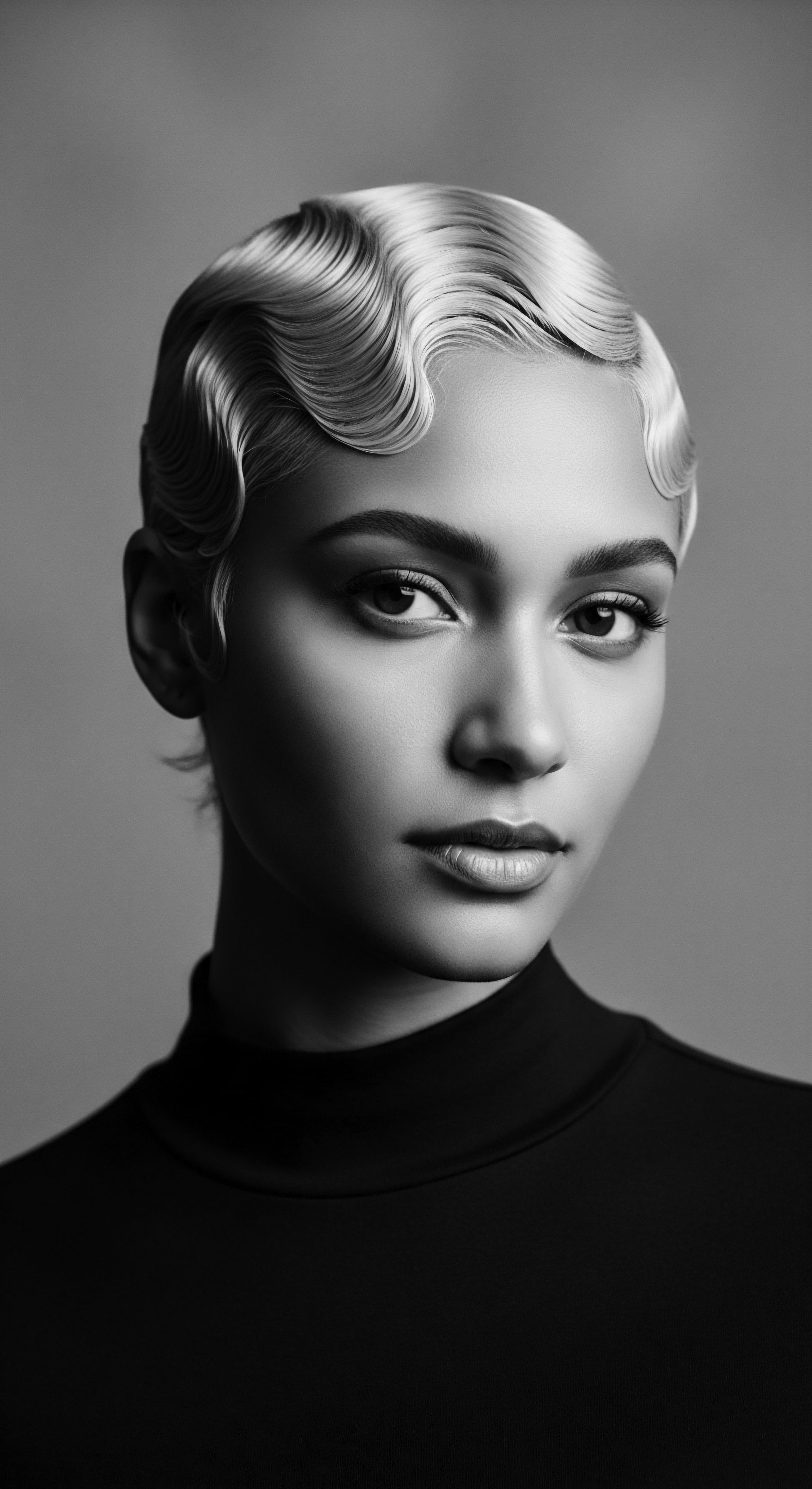
Reflection
The journey through the historical significance of traditional hair care rituals reveals a powerful truth ❉ the practices we honor for textured hair today are not isolated innovations. They are a living, breathing archive, each strand carrying the whispers of ancestral ingenuity, resilience, and profound cultural meaning. From the biological understanding gleaned through centuries of observation to the spiritual reverence embedded in every braid, these heritage practices form the very soul of a strand. The contemporary landscape, with its growing embrace of natural textures, marks a conscious return to these roots, a reclamation of narratives once suppressed.
It is a testament to the enduring power of identity, a celebration of inherited beauty, and an affirmation that the wisdom of the past holds boundless relevance for shaping a luminous future. To care for textured hair today is, in essence, to participate in an unbroken lineage, to honor the tender threads woven across generations, and to contribute to the unbound helix of cultural legacy.

References
- Afriklens. (2024). African Hairstyles ❉ Cultural Significance and Legacy.
- BLAM UK CIC. (2022). The history of Black Hair.
- Copyright, U. S. (2022). The Art of Healing ❉ A Nostalgic Ode to Black Hair Braiding.
- JD Institute of Fashion Technology. (2021). HEADWRAPS ❉ HISTORY AND EVOLUTION.
- Know Your Hairitage. (n.d.). African Culture.
- Okan Africa Blog. (2020). The significance of hair in African culture.
- Okoye, R. (2022). Historical Significance of Black Hairstyles. (PowerPoint presentation)
- Odele Beauty. (2024). A History Lesson On Hair Braiding.
- SelloX Blog. (2021). Ancient African Hair Growth Secrets For Healthy Hair.
- The Gale Review. (2021). African Hairstyles – The “Dreaded” Colonial Legacy.
- The Zoe Report. (2022). The Unsung Stories Of African Ingredients In Some Of Your Favorite Beauty Products.
- Tropics Skincare. (2025). Hair Care Practices from the Diaspora ❉ A Look at Africa, America, and Europe.
- Wilderness. (2015). The history & meaning of head wraps across Africa.
- 22 Ayur. (n.d.). The Ancient Natural Ways of Hair Care Across Continents.
- AfrikaIsWoke.com. (2024). The Rich History of Fulani African Braids.
- Assendelft. (n.d.). Pre-Colonial African Hairstyles ❉ A Journey Through Time and Culture.
- Ancient Origins. (2022). African Slaves Used Braids to Communicate Escape Routes in Colombia.
- African American Museum of Iowa. (n.d.). History of Hair.
